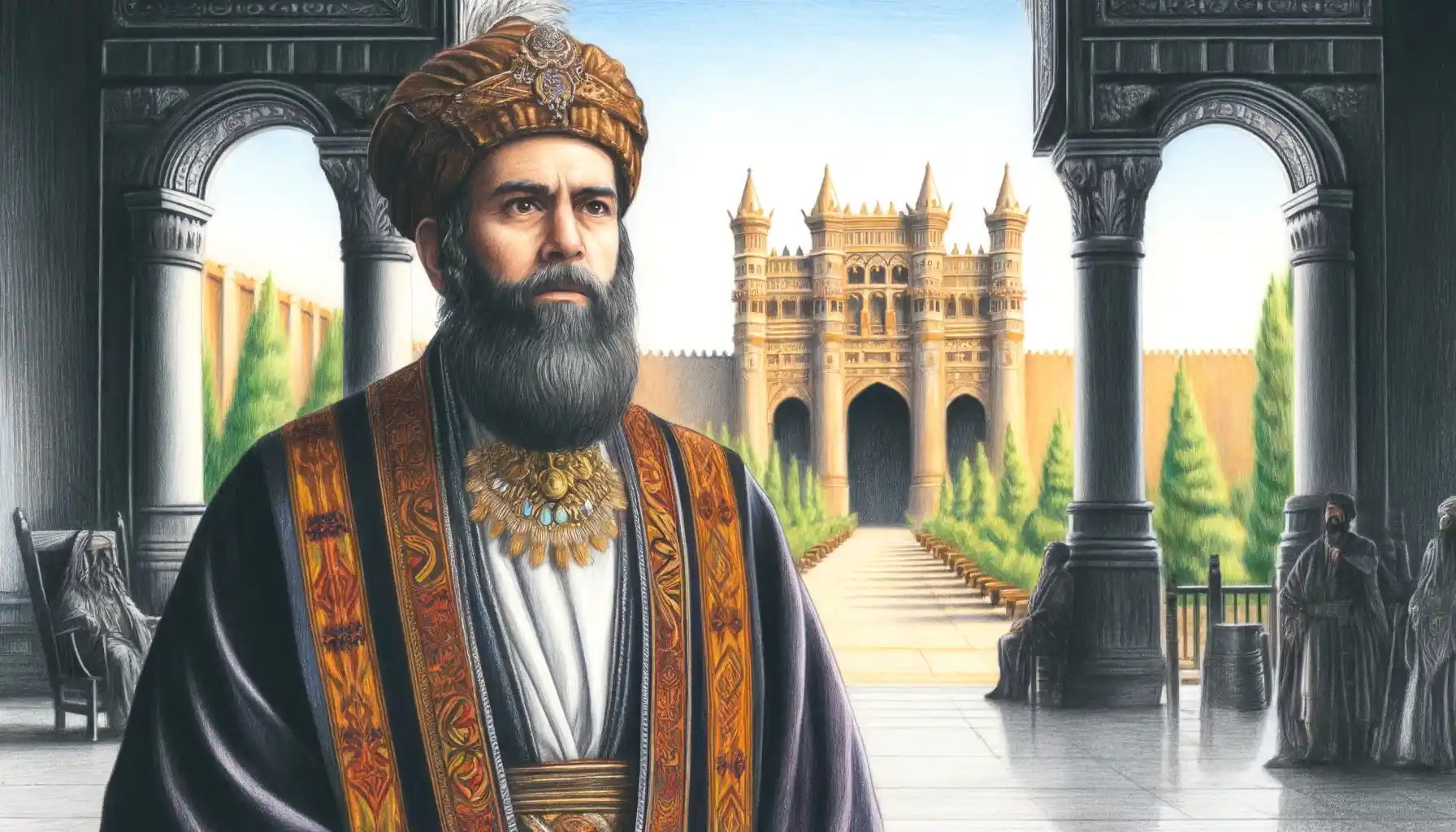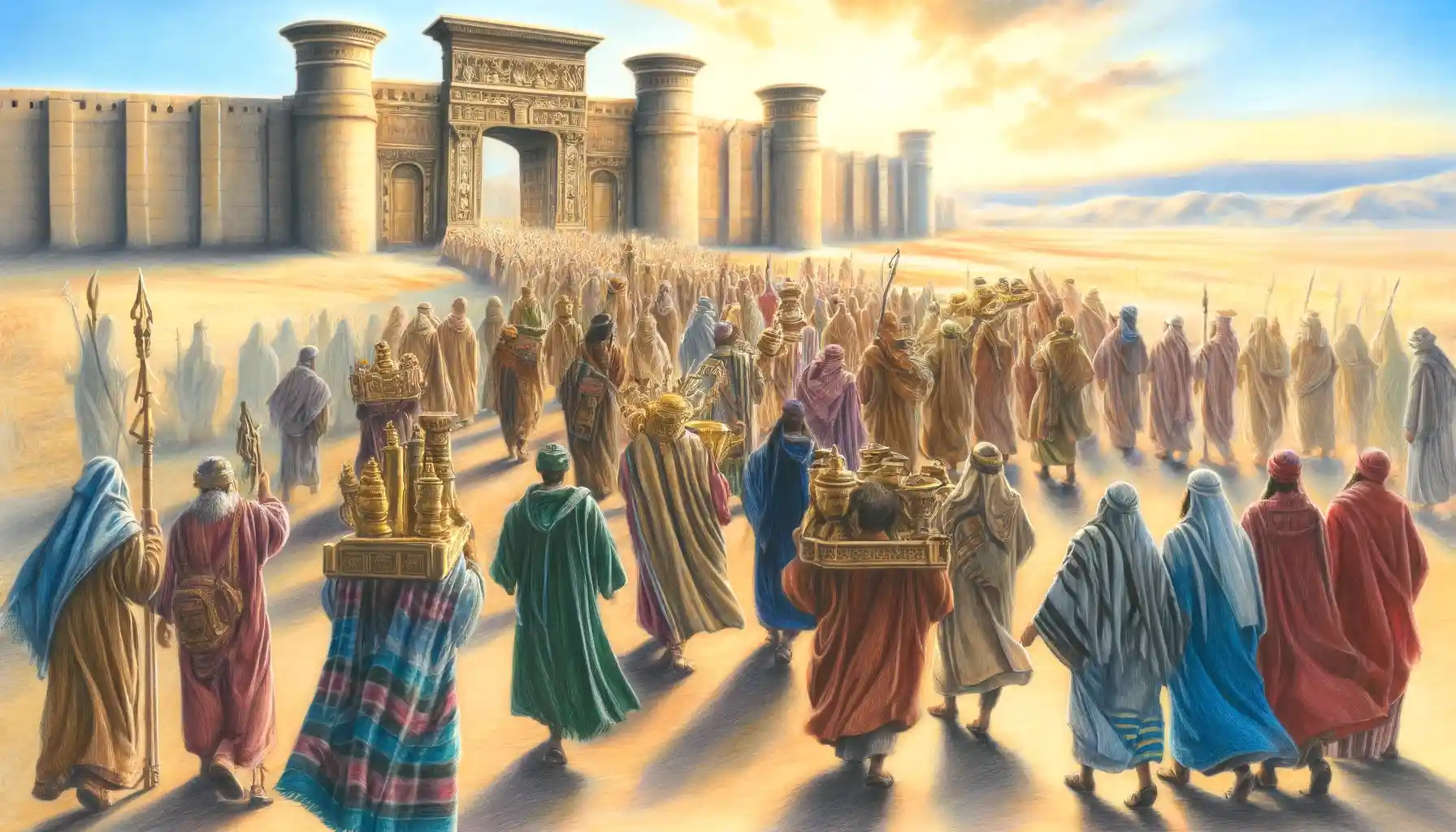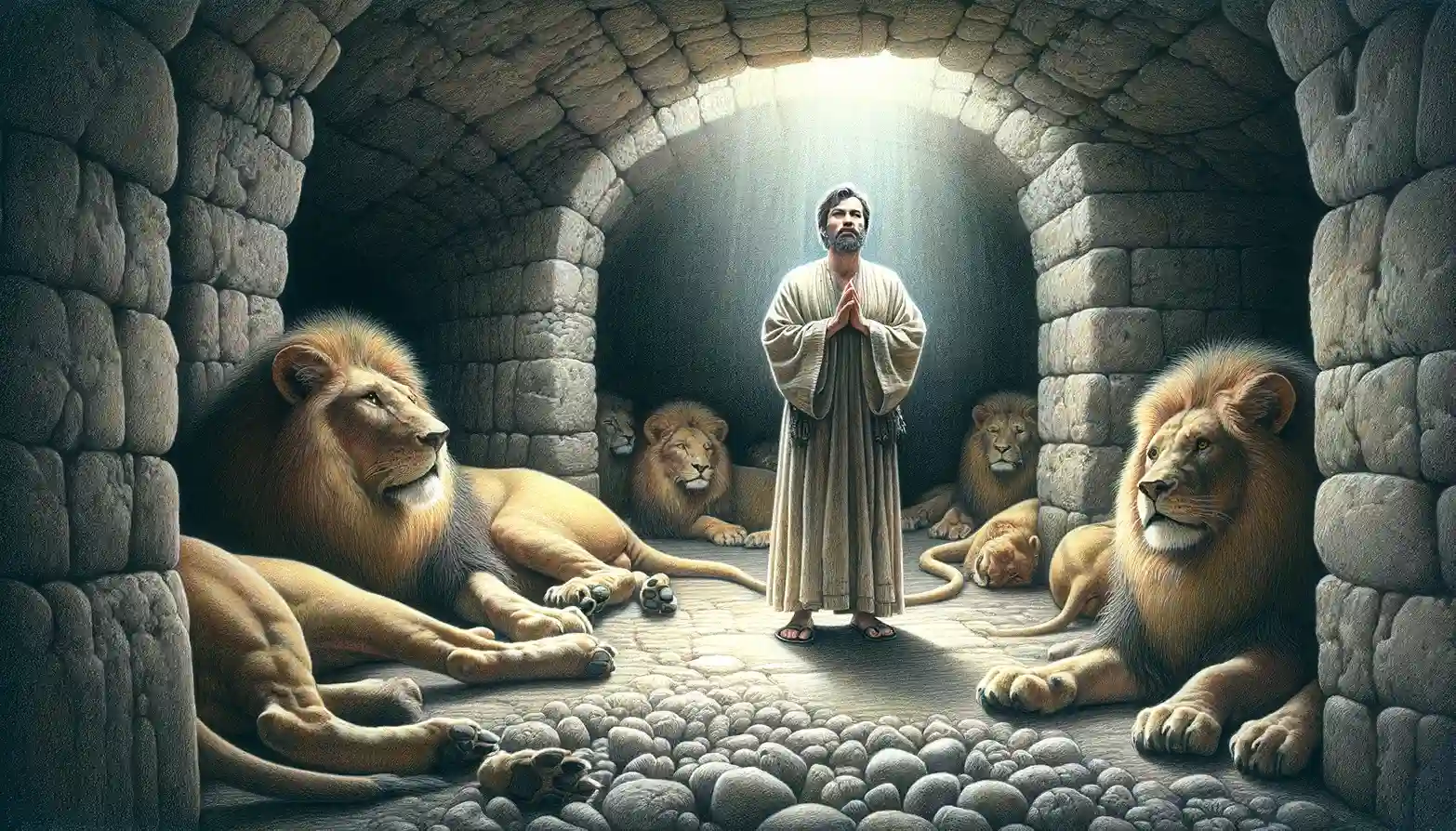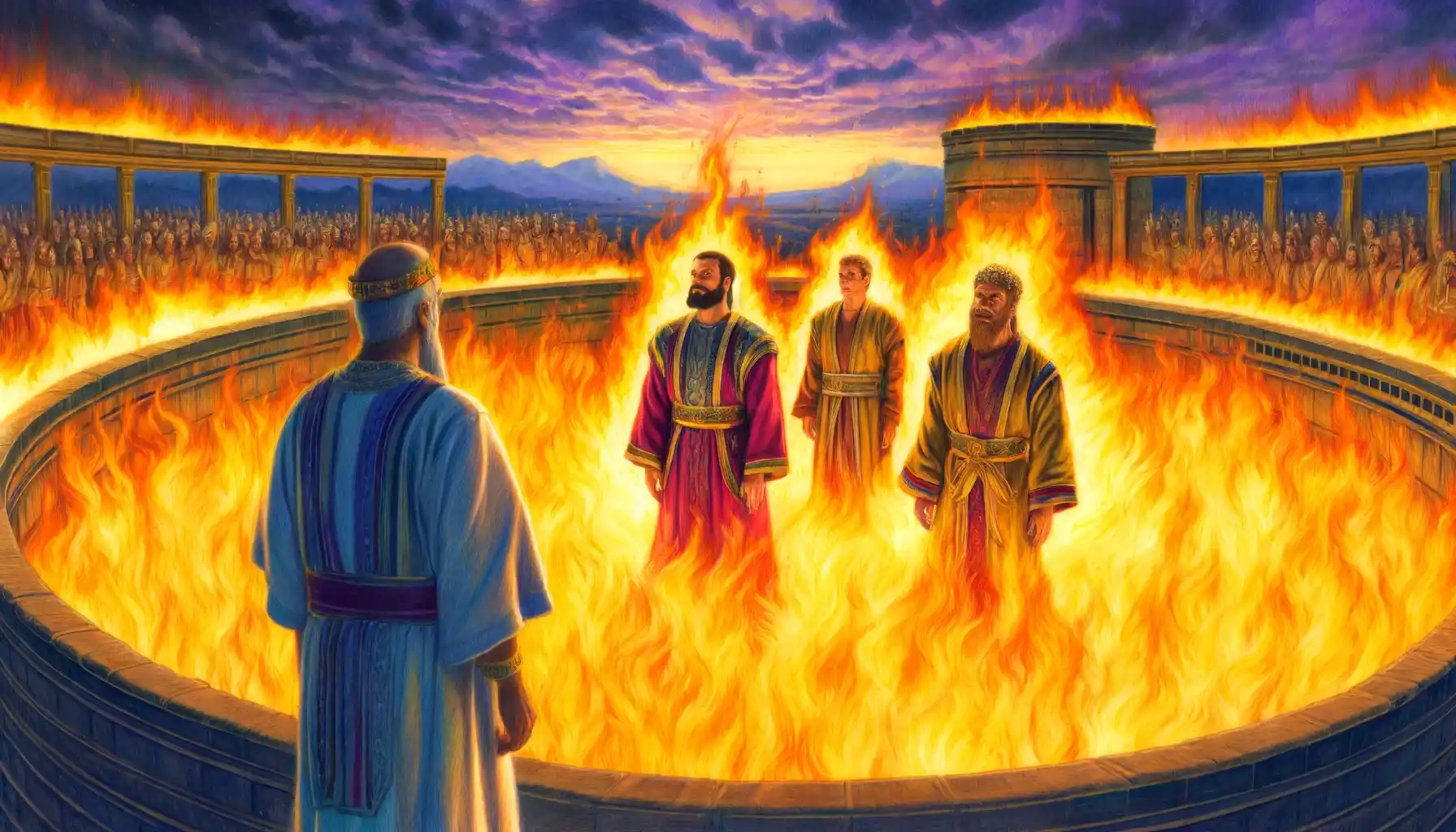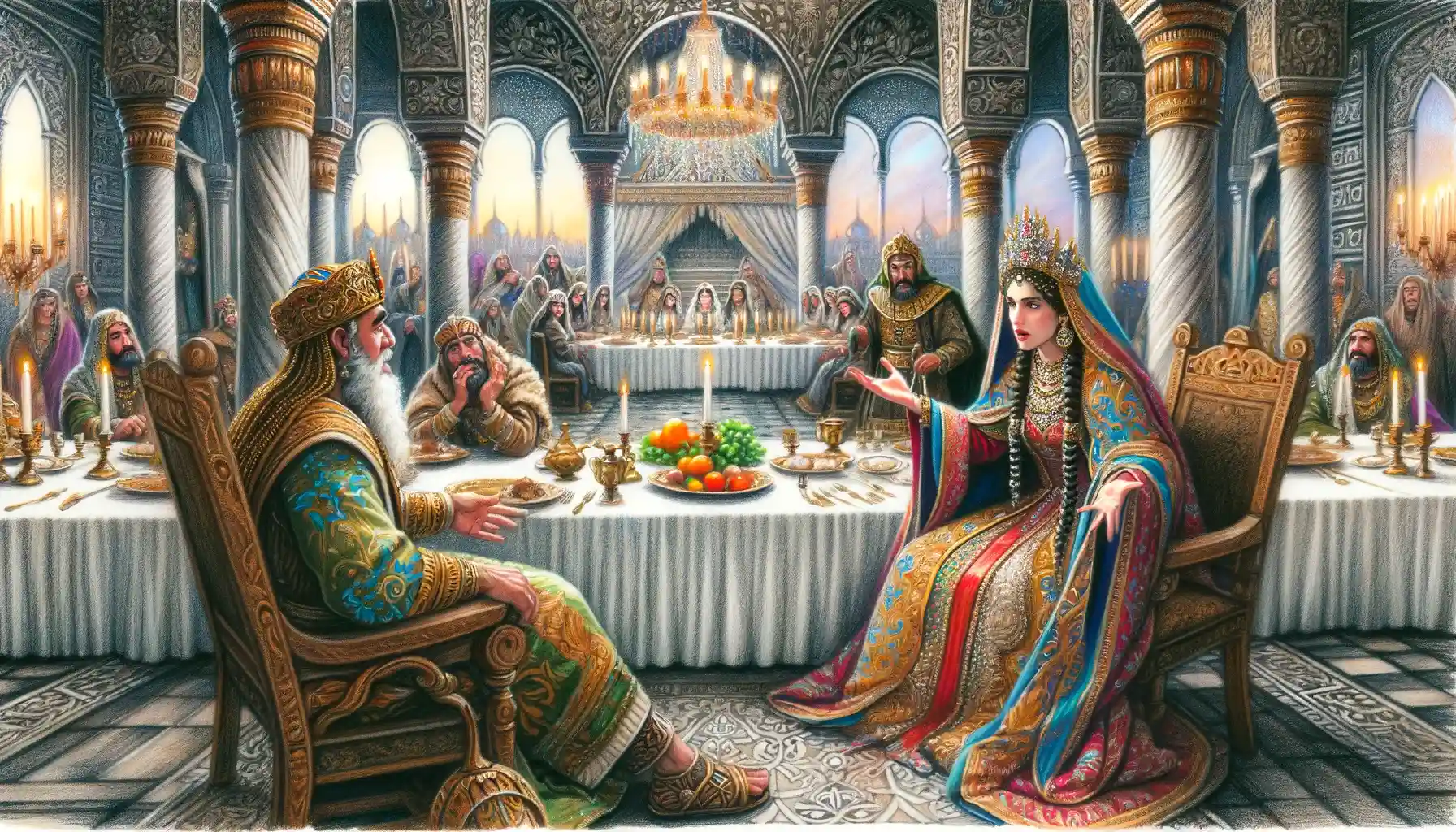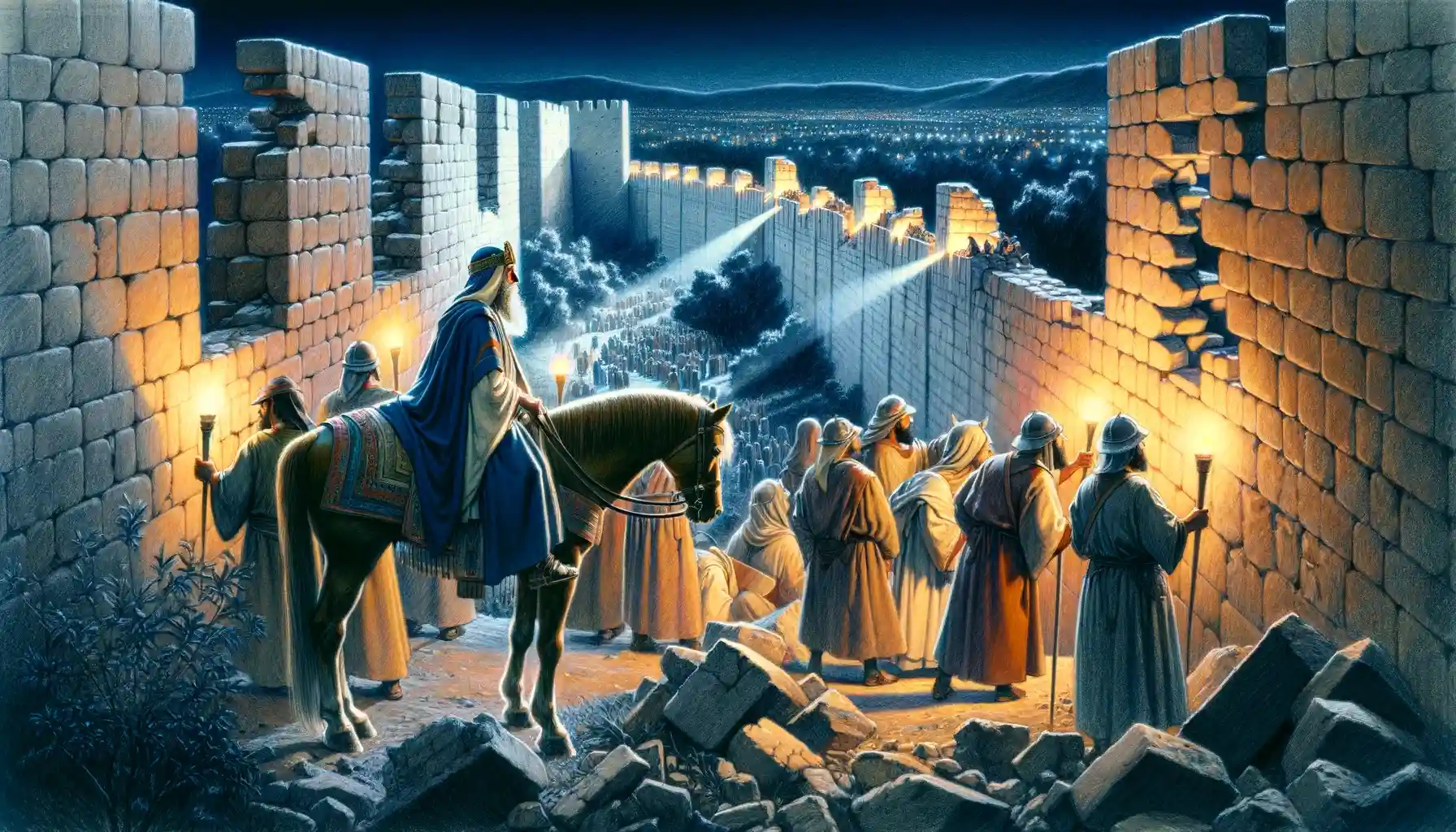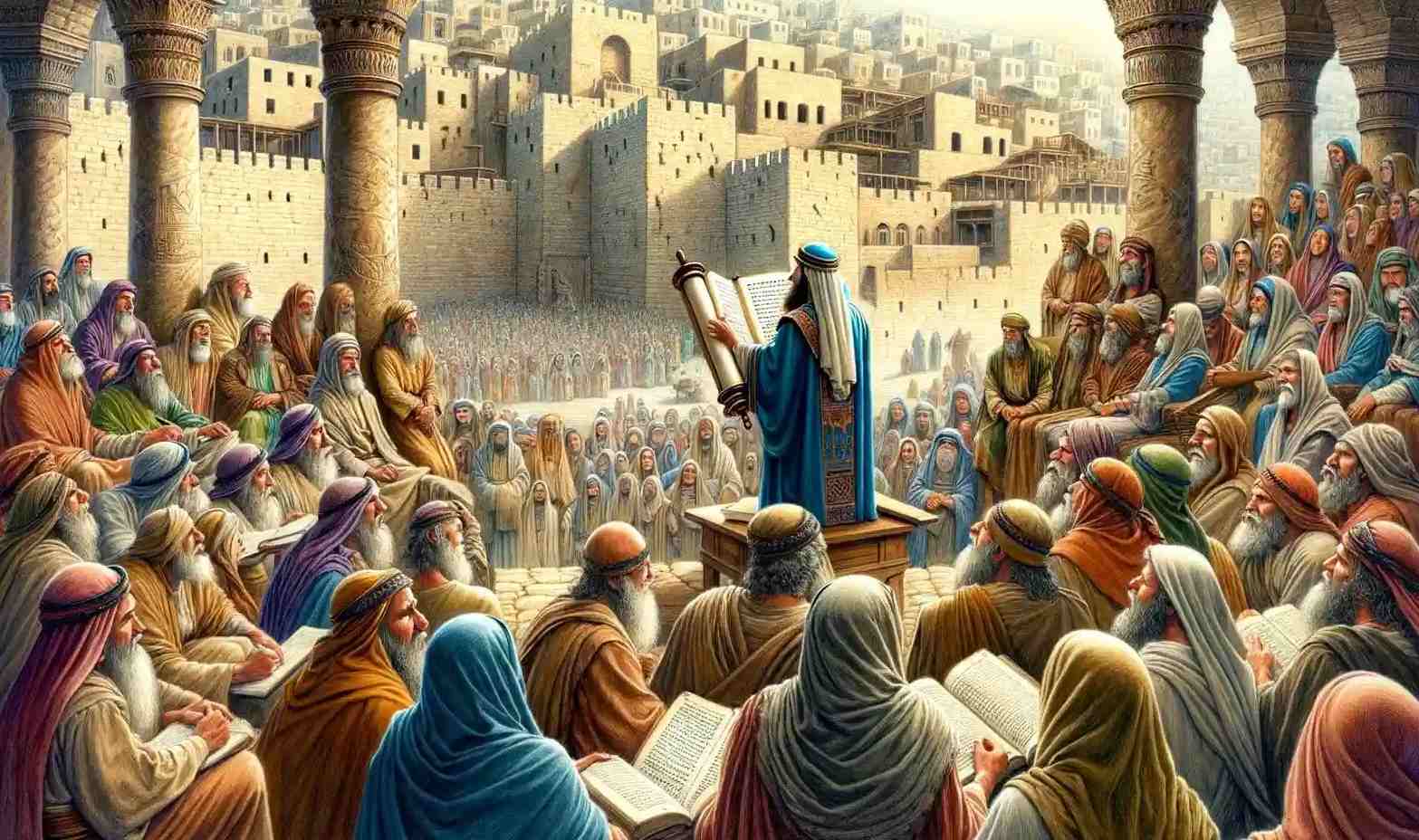Esther, the Jewish queen of Persia, displayed remarkable bravery and faith by risking her life to save her people from extermination, leading to the establishment of the festival of Purim.
Mordecai, a key figure in the Book of Esther, was a Jewish leader who helped save his people from annihilation through his bravery, wisdom, and the influence of his cousin Esther, leading to the establishment of the festival of Purim.
In Ezra 1:1-11, the decree of King Cyrus of Persia marks the end of the Babylonian exile for the Jews, authorizing their return to Jerusalem to rebuild the Temple and restoring the sacred vessels taken by Nebuchadnezzar, signifying a major restoration of Jewish life and worship after decades of captivity.
The story of Daniel in the lion’s den, as detailed in Daniel 6, vividly illustrates the triumph of faith and divine protection, showcasing how Daniel’s unwavering commitment to his prayerful relationship with God leads to his miraculous preservation from harm, even under the decree of King Darius, thus affirming the sovereignty and providential care of God over His faithful servants.
The Book of Daniel provides profound insights into faith, prophecy, and divine sovereignty, making it a critical work for both theological studies and literary exploration.
Esther’s story resonates with its dramatic narrative and profound lessons about courage, identity, and providence, making it a cherished text in religious and cultural traditions.
The book of Nehemiah provides a narrative of physical and spiritual rebuilding that resonates with themes of resilience, communal responsibility, and the power of faith-driven leadership.
Ezra provides a narrative of hope and divine faithfulness, emphasizing that renewal is possible through adherence to religious foundations and responsive leadership.


